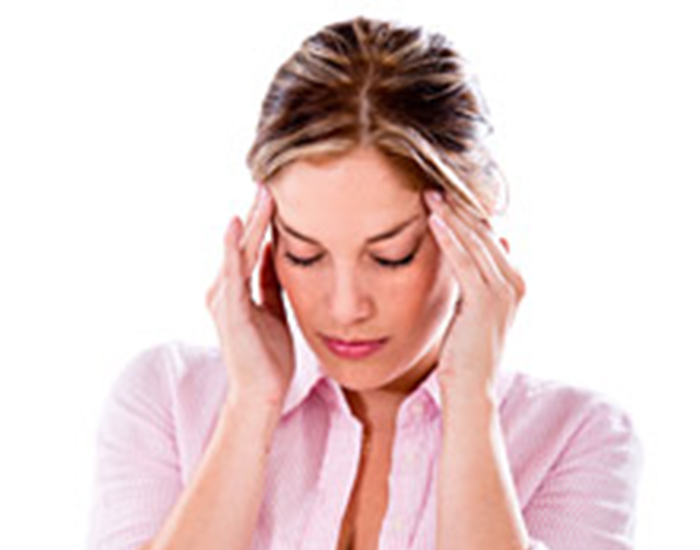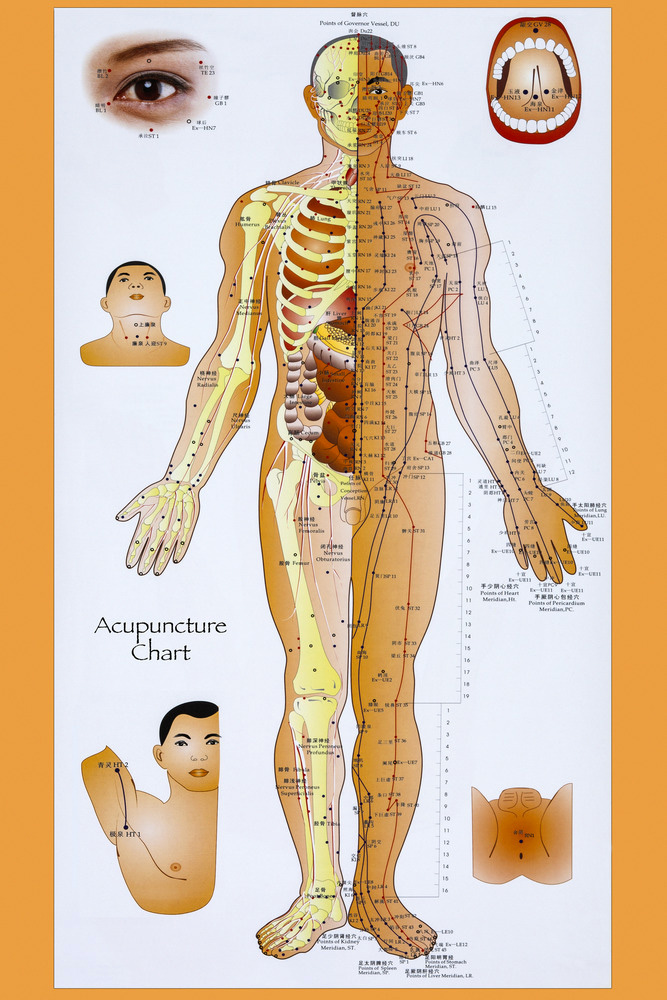
I used to have back pain and back spasms on a regular basis. Thanks to acupuncture and tai ji practice I have not had a back spasm in years.
Until last week.
A lot has been going on recently with me, moving into our new acupuncture office, we remodeled our apartment, and we have a little one on the way. I’ve had a lot on my mind. Also the New York weather has been humid which tightens my back muscles.
When my back seized up, the pain was mostly on the right side of my lumbar. My lower back was so tight I could not stand straight and the pain was intense in my lumbar and sacrum. I could barely get up from sitting.
Luckily, I have treated many back spasms with acupuncture, massage, and stretching. I was able to control the back spasm pain within the first day and get over the spasm entirely in 3 days.
The combination I use was effective. Here is how I did it without any pain medications.
1. Acupuncture: As an acupuncturist, I see back pain and back spasms all the time. The acupuncture helps to reduce the pain and relax the muscles. Just as I would with my patients I looked for the ashi acupuncture points (translated as “ouch” acupuncture points). These are areas that the muscle is very tender to touch. By needling them we can relax the muscles. After the first acupuncture treatment, my back started to loosen up and the pain was greatly reduced. I would give myself daily acupuncture for 3 days.
2. Stretching: Back stretches are essential to keeping a healthy back. But as I got busier I neglected my regular stretching routine. Simple stretches are invaluable for back pain. Stretches such as knees to the chest, soft back twists, and hamstring stretches help significantly. It’s also important to pay attention to your hamstrings. Tight hamstrings can often lead to back pain.
3. Go for a walk: It is important to keep moving when you have back pain. Many people want to stop exercising when you have a back spasm. Don’t. It is helpful to keep yourself moving and limber. Short walks help to loosen your back and are relaxing. Slowly extend the walk and push yourself a little bit more. As you have less pain and spasm you can return to your normal exercise routine.
4. Sleeping position: The best position to sleep in is either lying on your back with knees elevated or lying on the side with a pillow in between your knees. Both of these positions relieve pressure on the back and allows the muscles to relax and return to normal.



